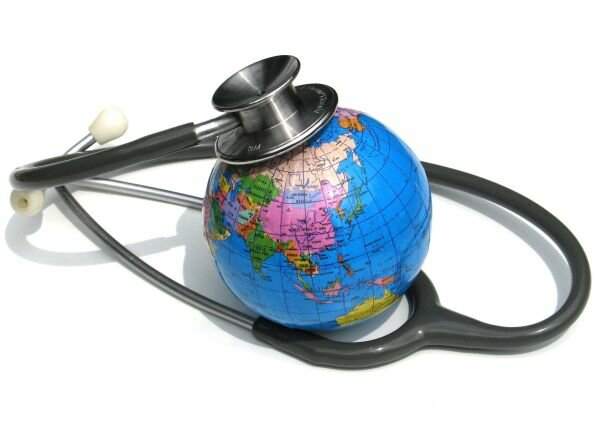
Future of healthcare lies in medical tourism
For the medium term period of Kenya’s Vision 2030 — from 2008 to 2012 — the Government identified some flagship projects, among them delinking the Ministry of Health from service delivery in order to improve management of the country’s health institutions.
It is good to devolve management of health services to the counties, but care must be taken to ensure poor services or substandard healthcare do not take root.
Many middle income economies have prioritised quality in provision of healthcare not only because they want their citizens to get the best healthcare but also to attract revenue to their countries.
They export healthcare services in the form of medical tourism- which involves people traveling to another country for medical treatment at lower cost or to enjoy a vacation along with their treatment.
For example, Thailand receives the highest number of medical tourists – about 1.3 million in a year. It is estimated that Thailand generates about $3.7 billion from medical tourism.
Malaysia, India and Singapore also receive over 500,000 medical tourists annually. These figures translate to huge income to the host countries and more jobs for their citizens. Of course, other factors such as favourable laws and policies by these countries are centred on attraction of medical tourists.

For example, India has a medical visa to cater for growing medical tourists. It also provides an increased rate of depreciation on life-saving equipment to assure quality and minimise medical errors. Singapore created Singapore Medicine comprising their Ministry of Health, Tourism Board and other stakeholders to promote medical tourism.
The Government cannot afford to pump billions into roads and other infrastructure projects at the expense of the country’s healthcare system. You cannot build good roads and airports for a sick nation; you need a healthy populace to enjoy these facilities. To appreciate this, one needs to have a closer look at the much celebrated Thika Super Highway which has contributed to many fatalities, with most of the survivors requiring specialised medical care.
For Kenya to benefit from medical tourism and improved healthcare, it should invest massively in standardisation. Most countries in Asia and the Pacific have adopted similar international standards for clinical care and non-clinical service. Hospitals are accredited by global organisations such as the Joint Commission International (JCI) and the International Organisation for Standardisation (ISO).
Most of the hospitals in Asia have chosen the Joint Commission International Standard for Hospitals (JCIASH) as it emphasises clinical outcomes in measuring quality of health care.
Attaining JCIASH approval means providing world class healthcare to citizens and attracting medical tourists to the country. It is commendable that Kenyatta National Hospital has started the journey towards JCIASH to realise its vision of “A world class, patient-centered specialised care hospital”.
Transforming our healthcare should not stop at licensing and regulation, but embrace national standards anchored on international best practices.
These must be adopted and implemented by health institutions at all levels. Several countries have national health accreditation bodies. For example, the Australian Council on Healthcare Standards in Australia and Healthcare Accreditation Institute in Thailand. Studies have shown that medical practitioners want to deliver high quality care, but lack appropriate medical equipment and information.
Worldwide, there are few models for providing high quality and affordable healthcare, and further investigations are required on this. However we can also look East to benchmark the best standards in healthcare, especially how the Health Accreditation Institute in Thailand works.
This is not simply a certification process or an accreditation programme but a holistic approach to encourage hospital quality improvement towards desirable results, and it requires commitment to patient-centered care.
There are notable efforts by some county governments to allocate more resources to health but they still lack funds and skilled health workers.
There is also a rush by new governments to appoint various advisers on political, legal, economic issues while the health advisory has become rather peripheral.
Governments keen on transforming the lives of the citizens should emphasise health like it does education, security and agriculture. Investing about Sh40 billion in the health sector in the next financial year, would be a good start.
The writer is the Risk and Quality Assurance Manager at Kenyatta National Hospital. The views expressed in this article are his own.
http://www.medicaltourismnews.com/2014/02/19/future-of-healthcare-lies-in-medical-tourism/
Pin It

Google+

Org Medlines

















Leave a Reply